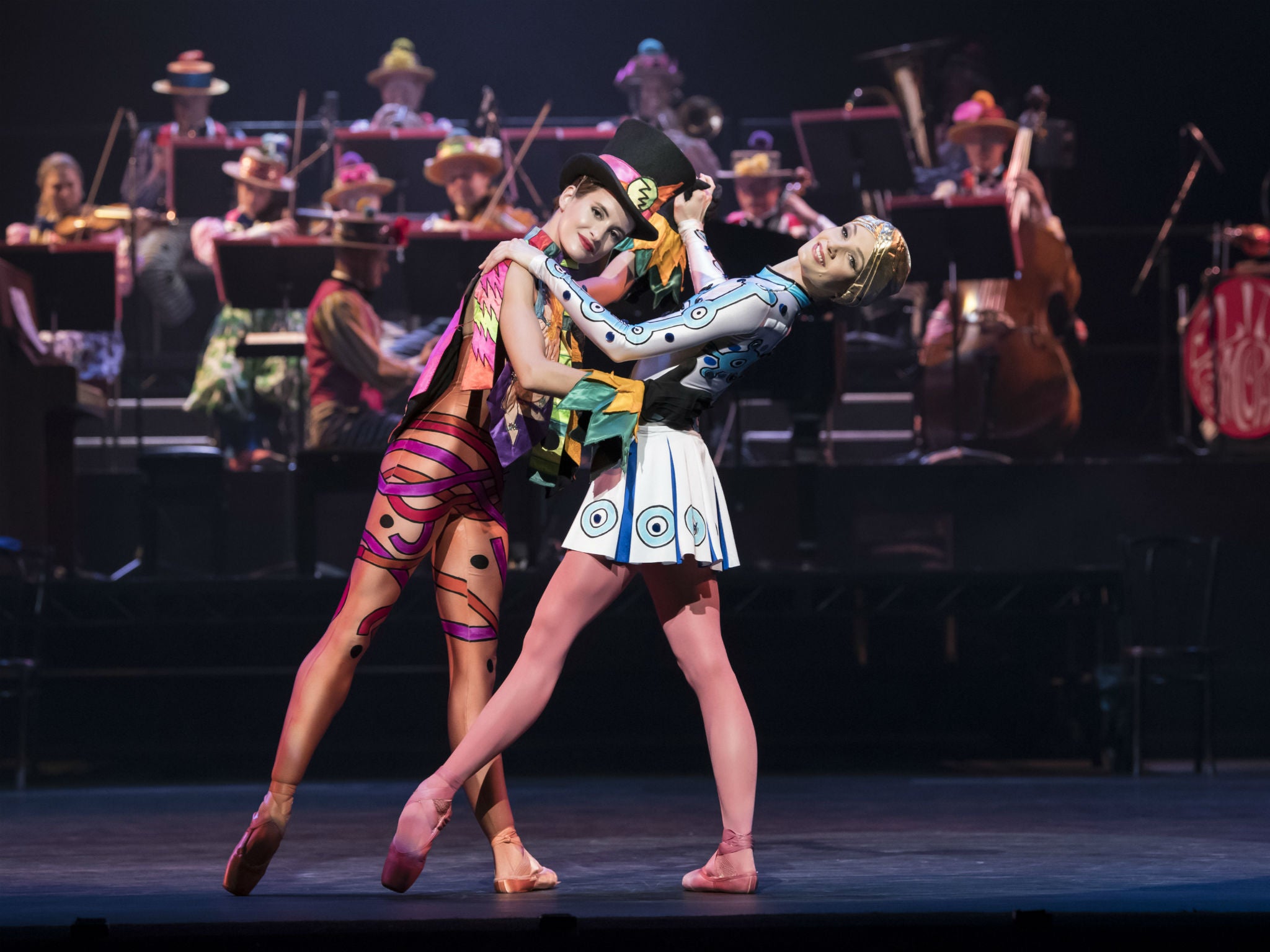Royal Ballet triple bill, Royal Opera House, London, review: Varied and uneven
It’s not clear quite why these three works by the Royal Ballet’s defining choreographers – Wayne McGregor, Frederick Ashton and Kenneth MacMillan – are programmed together

Your support helps us to tell the story
From reproductive rights to climate change to Big Tech, The Independent is on the ground when the story is developing. Whether it's investigating the financials of Elon Musk's pro-Trump PAC or producing our latest documentary, 'The A Word', which shines a light on the American women fighting for reproductive rights, we know how important it is to parse out the facts from the messaging.
At such a critical moment in US history, we need reporters on the ground. Your donation allows us to keep sending journalists to speak to both sides of the story.
The Independent is trusted by Americans across the entire political spectrum. And unlike many other quality news outlets, we choose not to lock Americans out of our reporting and analysis with paywalls. We believe quality journalism should be available to everyone, paid for by those who can afford it.
Your support makes all the difference.It’s certainly a contrast. Putting together works by Wayne McGregor, Frederick Ashton and Kenneth MacMillan – three of the company’s defining choreographers – this Royal Ballet triple bill is both varied and uneven. It swings from the murky rituals of Obsidian Tear to the swooning drama of Marguerite and Armand, ending with the ragtime party of Elite Syncopations.
Created in 2016, McGregor’s Obsidian Tear is deliberately ambiguous. Its nine male dancers sometimes suggest a drama of initiation and rejection, sometimes shift into abstract movement. Matthew Ball and Calvin Richardson dance a muscular duet that hovers on the edge of drama; later Richardson is marked with a swipe of black ink and thrown into a chasm.
There’s a restless quality to McGregor’s choreography, glancing off Esa-Pekka Salonen’s monumental orchestral score. Though a strong cast dance with impressive force, the work wanders, losing focus.
The costumes, chosen by fashion director Katie Shillingford, are another distraction. Using designers from Vivienne Westwood to Gareth Pugh, Shillingford dresses the dancers in a mix of shirt dresses, zip-legged trousers, low-slung boob tubes and arm bands.
Ashton’s 1963 Marguerite and Armand had very clear motivation: to show off the megastar pairing of Margot Fonteyn and Rudolf Nureyev. It wasn’t until 2000, when it was revived for Sylvie Guillem, that the work was performed by any other cast. It’s a vehicle, heavy on melodramatic gesture, and needing stars who can bring charisma and point to Ashton’s retelling of the Dame aux Camélias story.
This revival is led by Alessandra Ferri, like Fonteyn a mature ballerina of powerful dramatic presence. As the courtesan making sacrifices for love, she moves with fluid softness and bright intent. Federico Bonelli is a lyrical Armand, touching in his grief.
MacMillan is best known for his dark dramas, but in the 1974 ballet Elite Syncopations he’s having fun. The band is on stage to play music by Scott Joplin and other ragtime composers. Like the dancers, they’re dressed by Ian Spurling in a riot of stripes, spots and bright colours. The chairs and the disco ball suggest a dancehall, where a succession of numbers let the dancers strut their stuff in buoyant steps and jokes.
Elite, one of the delights of the MacMillan anniversary celebrations earlier this season, had lost a little of its fizz at this performance. It’s still fun, but energy levels could be higher. Sarah Lamb could be more playful with her music, though she makes a glamorous lead. James Hay was dashing in the “Friday Night” rag, while Yuhui Choe and Tristan Dyer were witty in “The Golden Hours” number.
Until 11 May (rog.org.uk)
Join our commenting forum
Join thought-provoking conversations, follow other Independent readers and see their replies
Comments